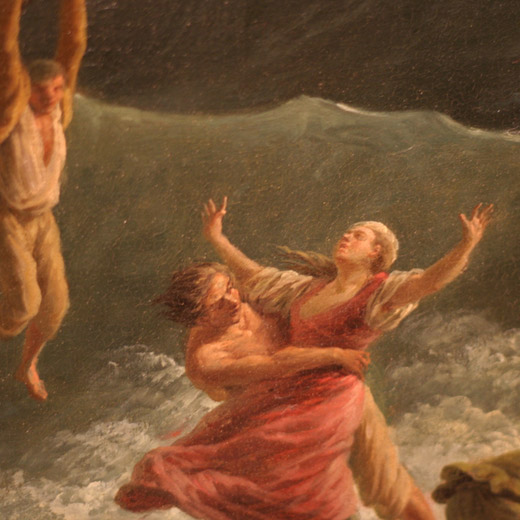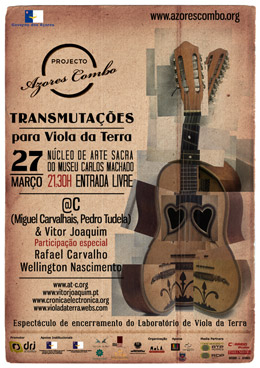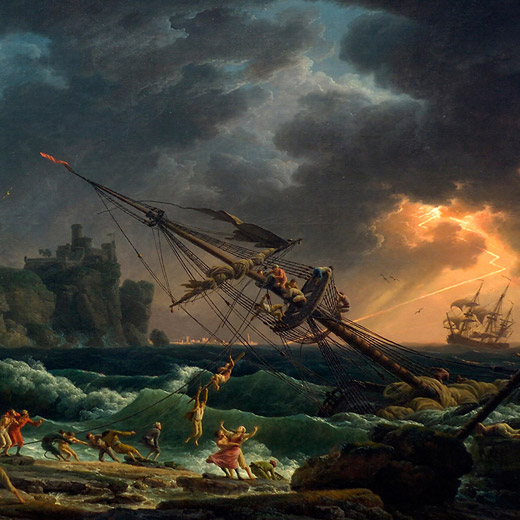
Crónica is very proud to present Ran Slavin’s fourth full-length release in the label, after two CDs, “Tropical Agent / Ears in Water†and “The Wayward Regional Transmissionsâ€, and the ground-breaking album in the free-download Unlimited Series “Nocturnal Rainbow Risingâ€.
“The Mediterranean Drift†is composed by six new/old pieces split in two movements. The first three tracks function as establishing shots. They are textural compositions, reflective soundscapes that can be played as loops back to back to form a prolonged meditative audio space. Whereas the first half points to a feeling of nostalgia, positive feelings and a yearning to a ‘solution’ the second half of the release brings us to a more poignant zone and points to uncertainty, threat, fear and the turmoil omnipresent in the middle east and epitomized in Claude-Joseph Vernet’s painting “The Shipwreck†(1772) — set in an unidentified maritime landscape that very much resembles the port of Jaffa in Israel. This scene blends the sublime and the beautiful that can be found in a horror scenario, it is the background and the prime mover of Slavin’s music in these new/old compositions. It is the region’s omnipresent new/old political tension and war that is reflected indirectly in the bittersweetness that flows from “The Mediterranean Driftâ€, an album that is yet another big step in Ran Slavin’s maturing work as a composer.
You can download “The Mediterranean Drift†as high-quality MP3 or Apple Lossless files directly from Crónica and free of charge. Donations are welcome! :)








